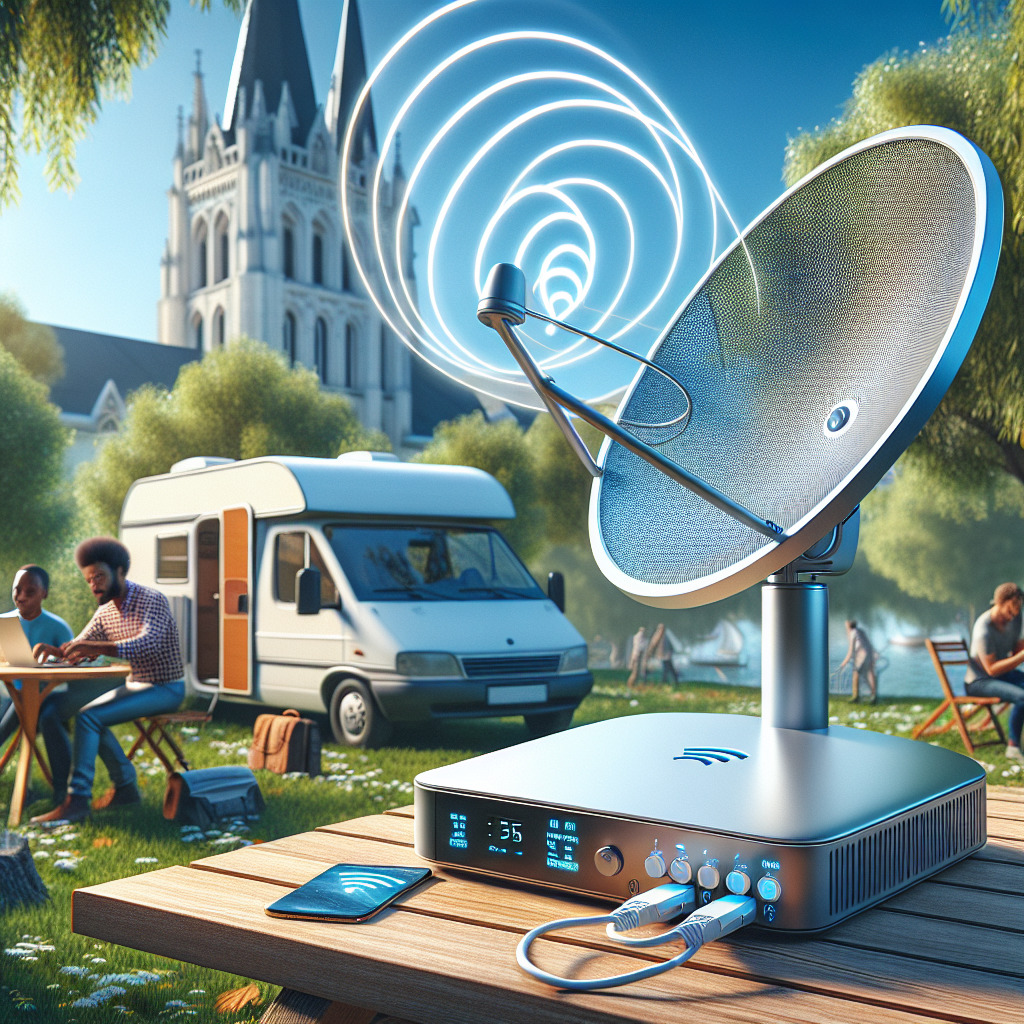Key Takeaways
- Starlink Mini offers mobility with lower monthly costs.
- Starlink Standard excels in performance for rural fixed locations.
- Both options provide low latency for gaming and streaming.
In today’s rapidly evolving digital world, reliable internet access is more than just a necessity—it is essential, especially for those residing in or traveling through remote areas. Starlink offers two groundbreaking solutions tailored for diverse needs: the compact and portable Starlink Mini and the powerful Starlink Standard. This guide will dive into detailed comparisons of their features, costs, and ideal applications, helping you make an informed decision that suits your connectivity requirements.
Plans and Pricing
When it comes to financial investment in your connectivity, understanding the costs is crucial.
Starlink Standard
Designed for households and businesses situated in rural or remote locations, Starlink Standard requires an upfront hardware investment of $299. Its monthly service cost comes in at $120, which ensures reliable internet coverage tailored for permanent installations.
Starlink Mini
For those in need of mobility and connectivity on the go, Starlink Mini offers a more adaptable plan. With a compact design, its mini roam plan is offered at a modest $50 per month. Additionally, a specialized regional mobile plan is available at $150 per month, catering to frequent travelers or emergency rescue operations needing adaptability and regional coverage.
Size and Design Comparison
The difference in size and design significantly impacts the suitability of each device for various user scenarios.
Starlink Standard
The Standard model is characterized by its larger size and requirement for a fixed installation. It’s designed for stationary use and includes an external gateway device necessary for Wi-Fi connectivity, making it ideal for those who need consistent internet service in a particular location.
Starlink Mini
In contrast, Starlink Mini is all about portability. Measuring approximately 11.4 x 9.8 inches, its small form factor integrates the Wi-Fi router into the device, enhancing the ease of transport. This portability is perfect for activities that necessitate on-the-move internet access like camping or emergency situations.
Speed and Performance
Understanding internet speed is essential for users who rely on seamless online experiences.
Starlink Standard
With download speeds ranging from 30 Mbps to 220 Mbps and upload speeds between 5 Mbps and 15 Mbps, Starlink Standard offers robust performance for both general use and high-bandwidth activities. Its larger antenna suggests a capacity for more stable and consistent connections, valuable for rural home or business applications.
Starlink Mini
Starlink Mini provides a versatile speed range suitable for mobile connectivity needs. Download speeds between 5 Mbps and 100 Mbps, paired with upload capabilities from 2 Mbps to 10 Mbps, support basic internet functionality and flexible usage in less predictable environments.
Portability and Usability
For many users, the ability of a device to align with varied lifestyles is a key consideration.
Starlink Standard
Given its heavy-duty design for fixed locations, Starlink Standard is best suited for users who need a stable and constant internet source from a single location. Portability is not its strength, but the performance and reliability make it beneficial for homes or stationary workspaces.
Starlink Mini
Renowned for its portability, Starlink Mini is simple to transport and use globally. This aspect makes it an excellent choice for adventurers, business travelers, and emergency service personnel, supporting activities like hiking and international travel with minimal setup.
Latency and Power Consumption
Both devices promise low latency levels, essential for streaming or gaming.
Latencies
Each option under Starlink offers sufficiently low latency, with the Standard version often performing slightly better due to its larger antenna and stable installation. This is pivotal for demanding applications such as online gaming or high-definition streaming.
Power Requirements
As expected, size impacts power consumption. Starlink Standard’s larger build necessitates more power, aligning with its intended use at a fixed location. Alternatively, Starlink Mini, due to its compact design, boasts reduced power consumption and convenience, providing on-the-go connectivity without dependency on exterior power sources.
Conclusion
Selecting between Starlink Mini and Standard comes down to personal and situational needs. Both models deliver excellent internet access solutions, yet they cater to notably different types of users: Starlink Mini focuses on mobility and affordability, while Starlink Standard emphasizes stability and performance in stationary scenarios. Reflecting on needs such as mobility, performance, and budget will streamline the choice, granting you dependable internet access no matter where your journey takes you.




